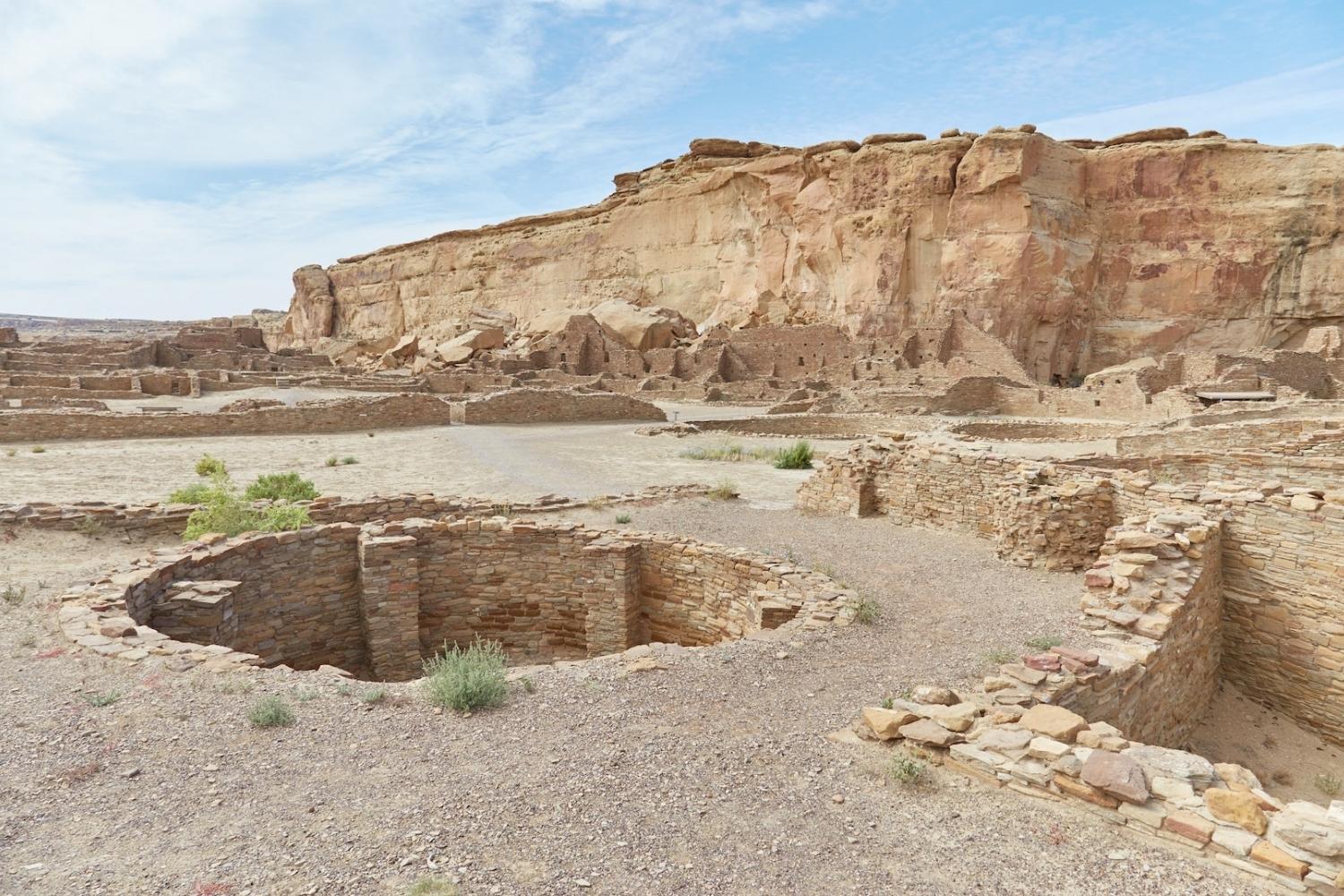Lost Trading Posts Of New Mexico’s Chaco Canyon

Imagine stepping back in time to a place where ancient cultures thrived. Chaco Canyon in New Mexico is one such place, filled with mysteries and stories waiting to be told. This area was once a bustling hub for trade and culture, home to the Ancestral Puebloans who built impressive structures and roads. These people created a network of trading posts that connected distant communities, exchanging goods like turquoise, pottery, and food. Today, visitors can wander through the ruins and feel the echoes of the past. The canyon's stunning landscapes and ancient architecture offer a glimpse into a world long gone. Whether you're a history buff or just curious about ancient civilizations, Chaco Canyon promises an unforgettable adventure. Discover the secrets of this remarkable place and learn about the people who once called it home.
Discovering the Lost Trading Posts of Chaco Canyon
Chaco Canyon, a mysterious place in New Mexico, holds secrets of ancient trading posts. These spots were once bustling centers of commerce and culture. Let's uncover the stories behind these forgotten places.
The Ancient Heart of Trade
Chaco Canyon was more than just a settlement. It was a hub where people from different regions came together to trade goods, ideas, and traditions. The trading posts here played a crucial role in connecting diverse cultures.
Pueblo Bonito
This grand structure was the largest of the Chacoan Great Houses. It served as a central point for trade and ceremonies. With over 600 rooms, Pueblo Bonito was a bustling center where turquoise, pottery, and other goods exchanged hands.Chetro Ketl
Known for its massive size and unique architecture, Chetro Ketl was another key trading post. Its large plazas and kivas suggest it was a place of gathering and exchange. Traders brought in exotic items like macaw feathers and copper bells.
Hidden Pathways and Routes
The trading posts were connected by a network of roads and pathways. These routes allowed traders to travel long distances, bringing goods from faraway lands.
Great North Road
This ancient road stretched north from Chaco Canyon, linking it to other important sites. Traders used this route to transport goods like obsidian and shells, which were highly valued in the region.South Road
Leading south, this road connected Chaco to Mesoamerican cultures. It facilitated the exchange of ideas and goods, including cacao and colorful textiles.
The Cultural Exchange
Chaco Canyon's trading posts were not just about goods. They were places where cultures met, shared, and evolved. This exchange left a lasting impact on the region's history.
Casa Rinconada
This large kiva was a ceremonial center where people gathered for rituals and celebrations. It was a place where cultural traditions were shared and passed down through generations.Kin Kletso
Smaller than other sites, Kin Kletso was still significant. Its unique architectural style reflects the influence of different cultures that passed through Chaco Canyon.
The Legacy of Chaco Canyon
Though the trading posts of Chaco Canyon are now ruins, their legacy lives on. They remind us of a time when this remote canyon was a vibrant center of trade and culture.
Wijiji
This lesser-known site offers a glimpse into the daily life of Chacoan people. Its simple design contrasts with the grandeur of other sites, yet it played a vital role in the trading network.Penasco Blanco
Perched on a cliff, this site offers stunning views of the canyon. It was a strategic location for trade, providing a vantage point to monitor incoming and outgoing goods.
Discovering the Legacy of Chaco Canyon
Chaco Canyon's lost trading posts offer a glimpse into a vibrant past where ancient cultures thrived. These sites were bustling centers of commerce and culture, connecting diverse communities across the region. Exploring these remnants reveals the ingenuity and adaptability of the Chacoan people, who built impressive structures and developed complex trade networks. The canyon's archaeological treasures continue to captivate researchers and visitors alike, providing valuable insights into the lives of those who once called this place home. As you wander through the canyon, imagine the vibrant exchanges that once took place here, shaping the history of the Southwest. Visiting Chaco Canyon is not just a journey through time but an opportunity to appreciate the enduring legacy of a remarkable civilization. Whether you're a history buff or simply curious, the canyon's mysteries await, inviting you to uncover the stories etched into its ancient stones.

